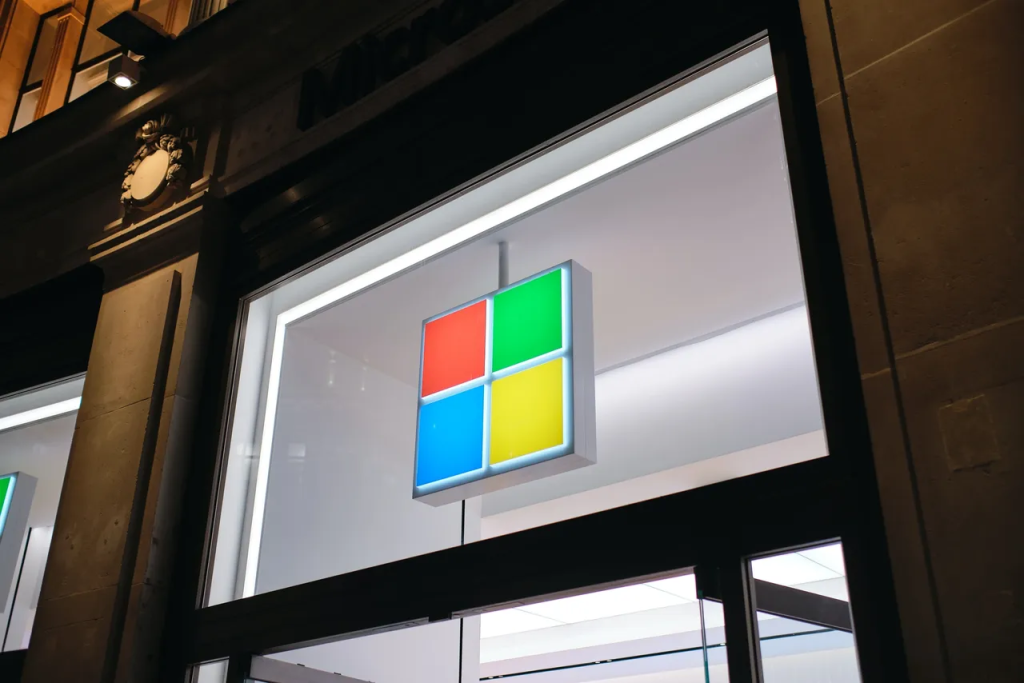When one hears the word ‘technology’, a handful of pioneering companies come to mind. At the forefront, invariably, stands Microsoft. An emblem of innovation, resilience, and transformation, Microsoft’s journey is a testament to vision, ambition, and an unrelenting pursuit of excellence. Let’s embark on a retrospective voyage through the annals of this tech titan’s illustrious history.
1975-1985: Humble Beginnings to Personal Computing Revolution
Founding and Vision: In 1975, Bill Gates and Paul Allen, two childhood friends, founded Microsoft. The name, a portmanteau of “microcomputer” and “software,” encapsulated their vision to empower every individual and organization on the planet.
The DOS Era: A significant breakthrough came in 1980 when Microsoft partnered with IBM to produce an operating system (OS) for its first personal computer. The resultant MS-DOS became a runaway success, setting the stage for more revolutionary products.
1985-1995: Windows to the World
Birth of Windows: In 1985, Microsoft introduced Windows 1.0, an extension of MS-DOS, heralding a new era of GUI (Graphical User Interface) based computing.
Expansion and Growth: Microsoft Office debuted in 1990, becoming a mainstay for businesses globally. Windows 95, launched in 1995, became a sensation, introducing features like the Start button, which remain iconic to this day.
1995-2005: Internet Era and Expanding Horizons
Embracing the Internet: With the rise of the Internet, Microsoft launched Windows 98, deeply integrated with the web. It was during this period that the Internet Explorer browser was also introduced, which at its peak, dominated the browser market.
Diversification: Microsoft diversified its offerings with the introduction of the Xbox in 2001, marking its foray into the gaming industry. This period also saw advancements in software, with Windows XP (2001) becoming a hallmark of stability and performance.
2005-2015: Cloud, Mobile, and Beyond
Vista and Windows 7: While Windows Vista (2007) faced mixed reviews, Windows 7 (2009) was a redemptive release, lauded for its increased performance and intuitive interface.
Shift to the Cloud: Microsoft launched Azure in 2010, entering the burgeoning cloud computing market. Office 365, a subscription-based cloud service of their hallmark Office suite, followed suit.
Mobile Endeavors: While Windows Mobile and Windows Phone faced stiff competition from Android and iOS, they introduced innovative features that shaped mobile UI/UX paradigms.
2015-Present: Modern Era and Reinvention
Windows 10 and Continual Updates: Abandoning the traditional release cycle, Microsoft introduced Windows 10 in 2015 as a “service” – constantly updated and refined based on user feedback.
Inclusivity and Innovation: Under Satya Nadella’s leadership, Microsoft emphasized productivity and inclusion. Products like the Surface lineup, HoloLens, and innovations in AI and quantum computing exemplify this direction.
Open Source Embrace: Breaking from its walled-garden approach, Microsoft embraced open source in a big way, acquiring platforms like GitHub and making significant contributions to the open-source community.
Conclusion: A Legacy of Tech Evolution
Microsoft’s journey isn’t just about software or hardware; it’s about impact. It’s the story of how a dream born in a garage went on to shape how the world interacts with technology. At every turn, Microsoft has redefined itself, facing challenges head-on and emerging stronger.
For organizations and individuals alike, Microsoft’s legacy offers invaluable lessons in vision, perseverance, and the relentless pursuit of innovation.
Stay tuned to our blog at Arrow Holdings Oy (arrow-holdings.com) for more insights into the world of technology, its titans, and the stories that shape our digital age.

